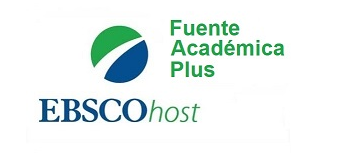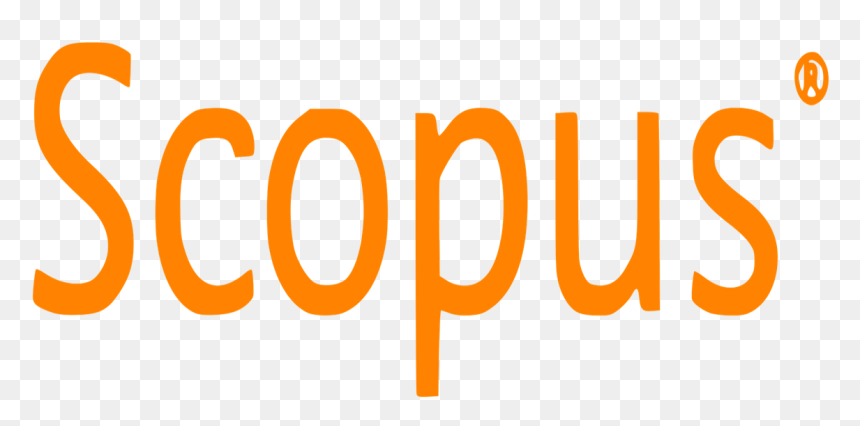The eternal return to the form: modeling and morphological complexity in architecture
DOI:
https://doi.org/10.17981/mod.arq.cuc.22.1.2019.05Keywords:
architecture, representation, composition-expression, abstraction-concreteness, morphological complexity, formal purismAbstract
The article reviews certain possibilities of pre-architectural modeling, derived from the morphological-spatial paradigm coming from the modern tradition in architecture and art, oriented to the liberation of space and the purification of form, based on the regulation of operations and procedures from morphological explorations usually adjacent to the amorphous or irregular forms, which are offered to us by the so-called Complexity theories, characteristic of geometries such as fractals, Chaos theories, iterated systems, pattern languages, scalar fragmentation, deconstruction, modular growth, among others, which have progressively been assimilated or explored in different senses and angles, from architecture, constituting a fertile field of contemporary exploration. Within this framework, a review of cases raised in the School of Architecture of the University of Valparaiso is proposed, discussing and reviewing the implications for morphological modeling as a pedagogical tool and formal exploration.
Downloads
References
Cañete, O. (2019). Minimalismo Fractal Generativo. (en prensa). Santiago de Chile: Universidad de Valparaíso.
Cañete, O. (2018a). El Trazo sutil amplificado. dibujos de observación en Taller de Arquitectura. Academia XXI, 9(17). 130-151.
Cañete, O. (2018b). Ensamble Organum: experiencia docente en arquitectura basada en modelaciones morfológicas. Revista Scientific, 3(9). 174-189. https://doi.org/10.29394/Scientific.issn.2542-2987.2018.3.9.9.174-189
Cañete, O. (2017). De tramas, fragmentos y paisajes Digitales: Morfogénesis y prototipos pre-arquitecturales. Academia XXII, 8(15). 37-69. http://dx.doi.org/10.22201/fa.2007252Xp.2017.15.60415
Cañete, O. (2016). Exploraciones morfológicas en texturas modulares. Aproximaciones desde el objet trouvé al diseño paramétrico. Revista de Arquitectura, 18(1), 76-97. http://dx.doi.org/10.14718/RevArq.2016.18.1.8
Cañete, O. (abril 8, 2015). Morfologías digitales. [Facebook]. Recuperado de https://www.facebook.com/Morfologías-Digitales-374652622737210/
Cañete, O. (2014). Arquitectura, complejidad y morfogénesis. Santiago de Chile: Universidad de Valparaíso.
Cañete, O. y López, F. (2015). El Domo generativo: Modelación Morfológica y diseño Paramétrico. Base del estudio de ensambles modulares en la fabricación de prototipos para sistemas cad-cam. Módulo Arquitectura CUC 14(1). 105-132.
Grassi, M. (2013). La Psicología de la Gestalt y la Bauhaus: una historia de intercambios e intersecciones (1919-1933). Eä - Journal of Medical Humanities & Social Studies of Science and Technology, 5(2). 1-33. Recuperado de http://www.ea-journal.com/images/Art05.02/Grassi-Psicologia-de-la-Gestalt-y-la-Bauhaus.pdf
Kandinsky, W. (2003). Punto y línea sobre el plano. Buenos Aires: Paidos
Lindenmeyer, A. & Przemyslaw, P. (1996). The Beauty Algoritim of Plants. New York: Spriger-Verlag. http://algorithmicbotany.org/papers/abop/abop.pdf
Mandelbrot, B. (1997). Los Objetos Fractales. Madrid: taurus
Schwartzmann, F. (1967). Teoría de la Expresión. Santiago de Chile: Universidad de Chile.
Thompson, D'A. (1992). On Growth and form. New York: Cambridge University Press. Available from https://archive.org/details/ongrowthform00thom/page/n7

Published
How to Cite
Issue
Section
License
Copyright (c) 2019 Omar Cañete Islas

This work is licensed under a Creative Commons Attribution-NonCommercial-NoDerivatives 4.0 International License.
CC Reconocimiento-NoComercial-SinObrasDerivadas 4.0


 English
English
 Español (España)
Español (España)






